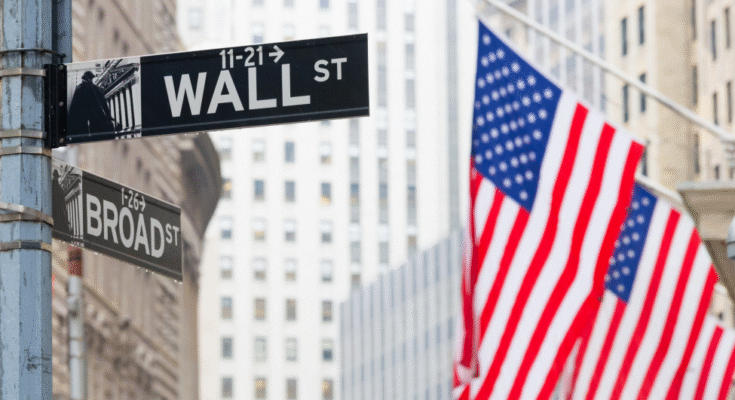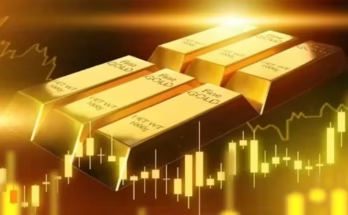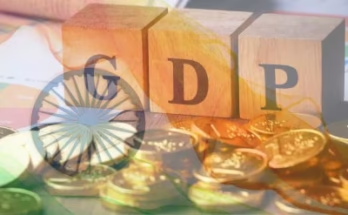The global economy is entering a danger zone as fears of stagflation — the toxic combination of high inflation and slowing growth — grip markets in mid-2025.
With the U.S. economy showing signs of weakness while inflation remains stubbornly above target, investors worldwide are recalibrating expectations for Federal Reserve policy, corporate earnings, and global trade flows.
What Is Stagflation?
Stagflation occurs when an economy experiences:
-
Sluggish or negative growth
-
High inflation
-
Persistent unemployment risks
It’s considered one of the hardest economic conditions to manage because policies to fix one problem often worsen the other.
Why the U.S. Is Facing Stagflation Concerns
Recent economic data has painted a troubling picture:
-
Inflation: The July Consumer Price Index (CPI) showed prices rising 3.6% year-over-year, well above the Fed’s 2% target.
-
Growth: U.S. GDP expanded just 0.8% in Q2, far below expectations.
-
Jobs: Hiring has slowed, with unemployment creeping up to 4.4%.
Economists warn this combination could drag on through late 2025.
Market Reactions
-
Stock Markets: The S&P 500 and Dow Jones posted their biggest weekly losses since March.
-
Bonds: U.S. Treasury yields fluctuated, with investors torn between inflation fears and safe-haven demand.
-
Commodities: Gold surged above $2,500/oz, while oil prices held steady near $85/barrel.
-
Currencies: The U.S. dollar weakened against the euro and yen, reflecting concerns about U.S. economic resilience.
Global Impact
-
Europe
-
Already facing weak growth, the EU fears U.S. stagflation could spill over, worsening trade headwinds.
-
-
Asia
-
China’s recovery is under pressure from lower U.S. demand for exports.
-
Japan and South Korea are bracing for currency volatility.
-
-
Emerging Markets
-
Higher borrowing costs and weaker trade threaten fragile economies in Latin America, Africa, and South Asia.
-
The Fed’s Dilemma
The U.S. Federal Reserve is caught between two bad choices:
-
Cut rates to support growth but risk fueling more inflation.
-
Hold or hike rates to curb inflation but risk pushing the economy into recession.
“This is the Fed’s nightmare scenario,” says Daniel Morris, chief strategist at Insight Global. “Stagflation ties their hands — and markets hate uncertainty.”
Investor Strategies
-
Flight to Safety: Gold, U.S. Treasuries, and defensive stocks (utilities, healthcare) are gaining traction.
-
Diversification: Investors are spreading exposure across regions and asset classes.
-
Caution on Tech & Growth: Sectors sensitive to interest rates are under pressure.
Lessons From History
The last major stagflation episode in the 1970s led to years of market turbulence and policy missteps. Economists stress that while today’s inflation levels are lower than then, the structural risks — energy prices, global supply chain shifts, and geopolitical conflicts — make comparisons relevant.
Conclusion
As the U.S. struggles with inflation that refuses to cool and growth that refuses to accelerate, stagflation fears are shaking global confidence.
Whether policymakers can navigate this challenge without tipping the economy into a deeper crisis will determine not just America’s future, but also the stability of global markets.
FAQs
Q1: What is stagflation?
It’s when an economy faces slow growth and high inflation at the same time.
Q2: Why are markets worried about stagflation now?
Because U.S. inflation remains above 3% while growth and hiring are weakening.
Q3: How does stagflation affect ordinary people?
Higher prices combined with fewer job opportunities erode living standards.
Q4: What can the Fed do?
It faces a dilemma: cutting rates could worsen inflation, while hiking rates could deepen the slowdown.


